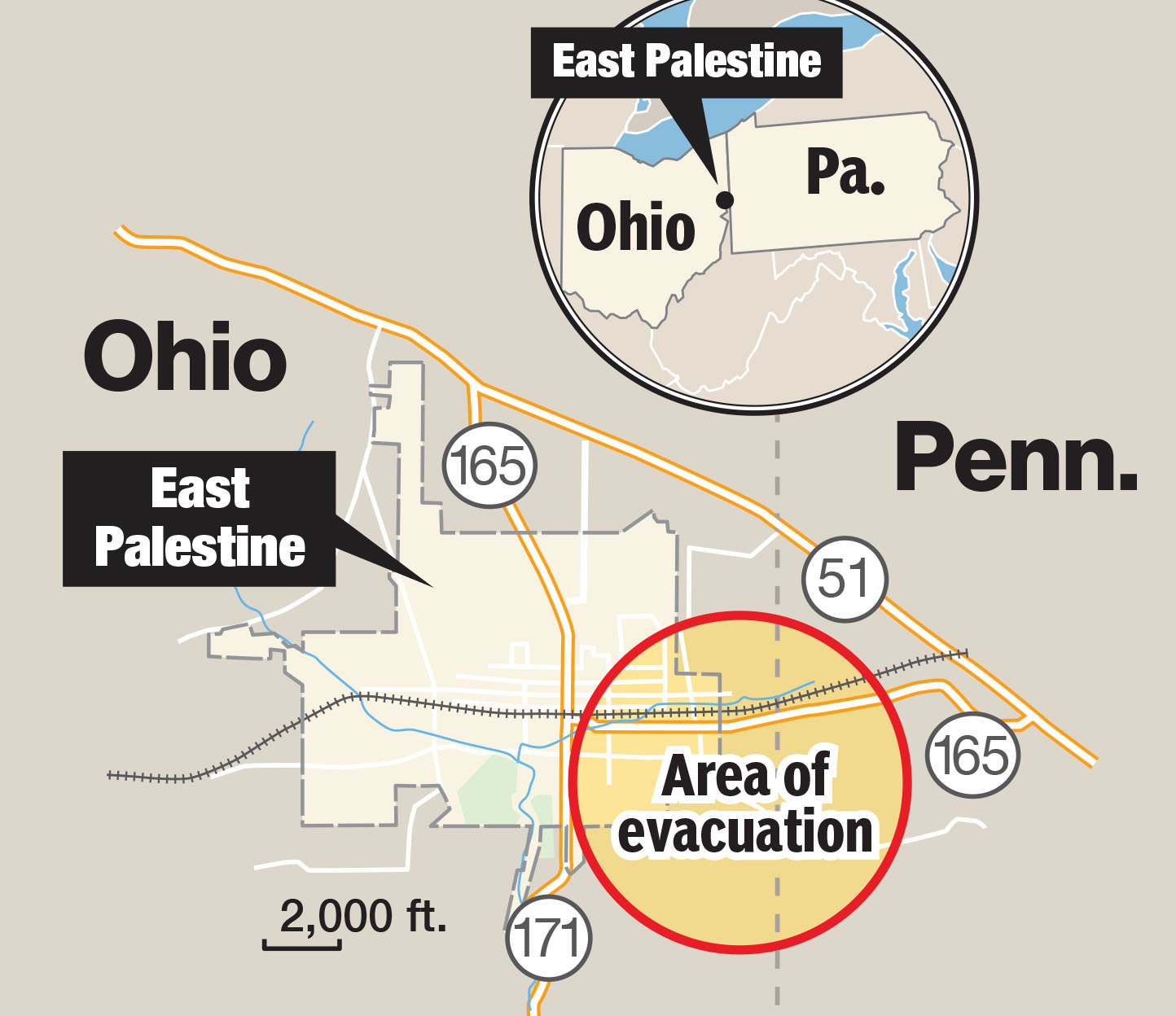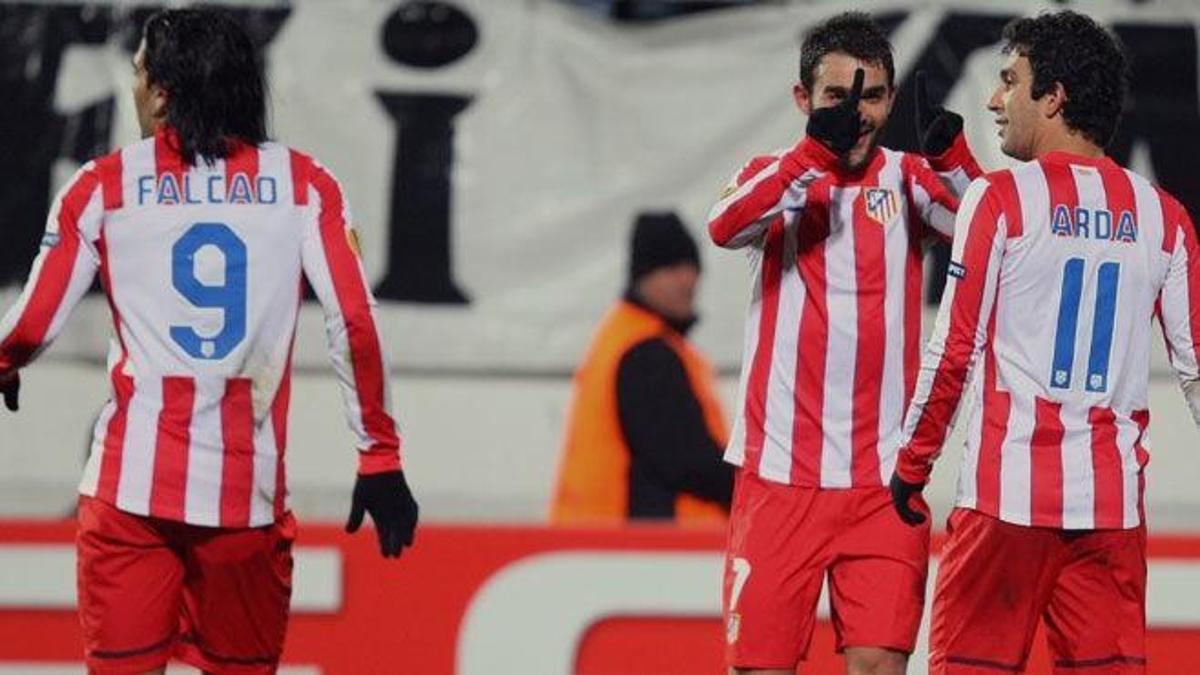Deconstructing The Hells Angels

Table of Contents
A History of the Hells Angels: From Post-War Roots to Global Presence
The Hells Angels' history is intrinsically linked to the post-World War II era in the United States. Their origins can be traced back to 1948 in San Bernardino, California, a time of significant social and economic upheaval. The early members, many of whom were veterans, found camaraderie and a sense of belonging within the club's outlaw biker culture. This rebellious spirit, coupled with a disregard for societal norms, quickly became a defining characteristic of the Hells Angels.
-
Early Years and Expansion: The club's initial growth was largely organic, with chapters sprouting up across California and then spreading throughout the US. The post-war economic boom and the rise of counterculture provided fertile ground for their expansion.
-
Key Conflicts and Rivalries: The Hells Angels' history is punctuated by violent conflicts with rival motorcycle gangs like the Mongols and Bandidos. These clashes, often fueled by territorial disputes and control over illegal activities, have resulted in numerous deaths and injuries. These conflicts have played a significant role in shaping their image and solidifying their reputation as a dangerous outlaw motorcycle gang.
-
Global Reach: From their Californian roots, the Hells Angels have expanded their reach internationally, establishing chapters in numerous countries across Europe, Australia, and beyond. This global presence underscores the club's enduring appeal and organizational prowess, even amidst intense law enforcement scrutiny.
-
Evolution of Image: Media portrayals have profoundly influenced the public perception of the Hells Angels, often focusing on their criminal activities and violent tendencies. While some attempts have been made to portray a more nuanced picture, the club's image remains firmly associated with organized crime and rebellion.
The Structure and Hierarchy of the Hells Angels: Understanding the Inner Workings
The Hells Angels' organizational structure is a key element of their success and longevity. It’s a highly hierarchical system, with clear lines of authority and responsibility extending from individual chapters to the national and, arguably, international levels.
-
Chapter Structure: The club is organized into individual chapters, each operating within a specific geographic territory. These chapters are relatively autonomous but ultimately answer to higher-ranking officials within the overall organization.
-
Membership Process: Becoming a full-fledged Hells Angel is a rigorous process. Prospective members, known as “prospects,” undergo a period of probation during which they prove their loyalty and commitment to the club. They progress through stages, often referred to as "hangarounds," before potentially achieving full membership.
-
Ranks and Responsibilities: Within the club, different ranks carry distinct responsibilities. These positions dictate roles in the club's criminal activities, internal governance, and interactions with the outside world.
-
Internal Rules and Codes: Maintaining order and discipline is paramount within the Hells Angels. A strict code of conduct governs member behavior, fostering loyalty and obedience. Violation of these rules can have severe consequences.
-
Significance of Insignia: Patches and other insignia are integral to the Hells Angels' identity and represent their history and status within the biker subculture. The iconic death head, for example, is a powerful symbol of rebellion and defiance.
Criminal Activities and Law Enforcement: The Hells Angels and the Law
The Hells Angels have a long and well-documented history of involvement in organized crime. Law enforcement agencies worldwide have investigated the club for a wide range of offenses.
-
Drug Trafficking and Other Crimes: The club has been implicated in drug trafficking, money laundering, extortion, violence, and racketeering. These activities often overlap and are crucial to the club's financial sustenance and power.
-
High-Profile Cases: Numerous high-profile cases have implicated Hells Angels members in serious crimes, leading to convictions and significant prison sentences. These cases highlight the scale of their criminal operations and the ongoing challenges faced by law enforcement.
-
Law Enforcement Strategies: Combating the Hells Angels’ criminal activities requires sophisticated law enforcement strategies, including infiltration, surveillance, and targeted prosecutions. The club’s complex structure, however, presents significant legal challenges.
-
Legal Challenges: Prosecuting Hells Angels members is notoriously difficult, due to the club’s decentralized nature, strict code of silence, and the complexities of proving direct involvement in criminal activities.
-
Ongoing Debate: The ongoing debate about the club's legality and impact on society is complex. Balancing the need to protect public safety with upholding individual rights remains a crucial challenge for law enforcement and the judicial system.
The Symbolism and Culture of the Hells Angels: Deciphering the Iconography
The Hells Angels' symbolism plays a crucial role in constructing and maintaining their identity and image.
-
The Death Head Logo: The iconic death head logo is perhaps the most recognizable symbol of the Hells Angels, often interpreted as a representation of rebellion, defiance, and a disregard for authority.
-
Other Key Symbols: Beyond the death head, the club utilizes other imagery and symbolism, often incorporating themes of death, violence, and freedom. These symbols reinforce the club's outlaw biker identity.
-
Biker Culture and Rebellion: The Hells Angels are deeply embedded within broader biker culture and have capitalized on the themes of rebellion and counterculture that resonate with many individuals.
-
Evolution of Symbolism: The club’s symbolism has evolved over time, reflecting changes in their activities, membership, and public image.
-
Appeal and Counterculture: The Hells Angels' appeal is rooted in their association with themes of freedom, rebellion, and a rejection of mainstream society's norms. This resonates with certain individuals seeking to break free from societal constraints.
Conclusion:
Understanding the Hells Angels requires moving beyond stereotypes and examining their history, structure, activities, and symbolism in a nuanced way. From their post-war origins to their current global presence, the club's influence on organized crime and biker culture remains undeniable. While law enforcement continues to battle their criminal activities, the Hells Angels' enduring power lies in their complex internal structure and compelling, albeit controversial, image.
Call to Action: Want to learn more about the complexities of this notorious organization? Continue your research into the world of the Hells Angels, exploring further into the various aspects of their history and activities. Gain a deeper understanding of this multifaceted and controversial motorcycle club.

Featured Posts
-
 Analisi Dei Dazi L Impatto Sui Prezzi Della Moda Negli Stati Uniti
May 25, 2025
Analisi Dei Dazi L Impatto Sui Prezzi Della Moda Negli Stati Uniti
May 25, 2025 -
 Pertimbangan Investasi Pada Mtel Dan Mbma Dampak Pencatatan Msci Small Cap
May 25, 2025
Pertimbangan Investasi Pada Mtel Dan Mbma Dampak Pencatatan Msci Small Cap
May 25, 2025 -
 Ohio Train Derailment The Long Term Effects Of Toxic Chemical Exposure
May 25, 2025
Ohio Train Derailment The Long Term Effects Of Toxic Chemical Exposure
May 25, 2025 -
 Canli Mac Izle Atletico Madrid Barcelona Muecadelesi Fanatik Gazetesi Nde
May 25, 2025
Canli Mac Izle Atletico Madrid Barcelona Muecadelesi Fanatik Gazetesi Nde
May 25, 2025 -
 Public Disagreement Ex French Pm And President Macron
May 25, 2025
Public Disagreement Ex French Pm And President Macron
May 25, 2025
Latest Posts
-
 O Impacto Duradouro Do Trailer De Nome Do Filme
May 26, 2025
O Impacto Duradouro Do Trailer De Nome Do Filme
May 26, 2025 -
 A World Renowned Architect On Virtue Signaling And Its Impact On The Profession
May 26, 2025
A World Renowned Architect On Virtue Signaling And Its Impact On The Profession
May 26, 2025 -
 Paramedic Success At Police And Emergency Services Games The Advocate
May 26, 2025
Paramedic Success At Police And Emergency Services Games The Advocate
May 26, 2025 -
 Virtue Signaling In Architecture A Provocative Interview
May 26, 2025
Virtue Signaling In Architecture A Provocative Interview
May 26, 2025 -
 20 Anos Depois O Legado Da Frase Iconica De Nome Do Filme
May 26, 2025
20 Anos Depois O Legado Da Frase Iconica De Nome Do Filme
May 26, 2025
